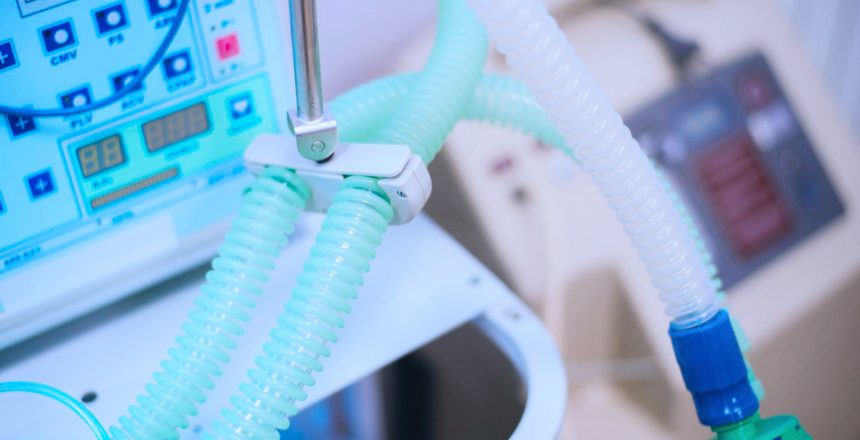What drives pricing of medical devices in the European markets?
Medical devices such as stents, catheters, and pacemakers are used in different hospital settings to deliver care. However, the market for devices has a very unique structure that gives rise to some price defensibility for the sellers. Here a relatively small number of sellers offer products that are close substitutes as they have different features and characteristics. Based on our research of successful contract submissions over the last decade and pricing data from thousands of medical devices, this is how the pricing function works in medical devices:
- Sellers have some control over the market power — The prices that hospitals pay for devices vary greatly across countries (and oftentimes within the same countries and even cities). In one example, we noted the prices of stent vary 180% within a 50km city range. This is often the results of direct negotiations between hospitals and sellers or sellers keeping a high market price by focusing on the tenders and contracts which have lower bidding intensity. Additionally, we also noted that buyers have very limited comparative information and face high switching costs due to existing relationships with specific manufacturers. Moreover, in many tender notices (and the following contracting documents) different buyers buy the same devices very differently. For example, for one of the buyers in the market across all tender contracts for catheters, we noted a very peculiar proclivity for a specific colour of the device and this we believe might be a result of physician preference. However, this preference cost the hospital an average of 65% above the base market price for the same device.
- Hospital purchasing decisions are driven by their needs and politics — Varying compositions of stakeholders (purchasing managers, physicians, administrators, payers etc.) influence the choices that a particular hospital makes to procure different medical devices. This is reflected in the way tender (and other contracts) documentation is written and the procurement procedure adopted (and followed). For example, we noted that for a teaching hospital in the EU-5 markets, there is a higher average spend-per-procurement for the same medical device vs in a non-teaching set-up. This is also partly because in teaching hospitals physician voice (experience, past supplier relationships etc.) in decision making is typically higher compared to a non-teaching hospital, where other payers have an outsized influence on the purchasing decisions. It is in this context, that we believe there is an inherent “buyer DNA” that impacts prices hospitals pay for devices.
- Higher initial prices do not translate into sustainable long-term business contracts — From a commercial standpoint, securing a high price does not necessarily always translate into long-term commercial outcomes. In quite a few cases, we observed a discounting pattern in subsequent rounds of purchasing within the same hospital setting and an eventual re-alignment with the most optimal price. It is therefore advisable that suppliers use historical contract and outcomes data to guide initial pricing and overall device roll-out strategy.
- Value of price information — BCGs (Boston Consulting Group) milkman study highlighted the value leakage within the commercial organisations in the MedTech industry. We took that even further to understand how intelligent pricing shapes us commercial capability across an organisation. We noted that for companies that are using comparative data more intelligently to shape their tenders (and overall contracting strategy) end up securing far higher margins compared to the ones that are simply following the old ways. Although a very few examples exist of such companies in the European marketplace. Companies with no tender and price intelligence functions experience an average higher price decline in each subsequent round of purchasing. Price discovery across buyers and the company’s competitive spectrum can illuminate opportunities for price differentiation and higher margins for the business.
- Tender and contract management offers price differentiation opportunities — Tendering is the legal requirement for sourcing 80% of medical devices within the European healthcare environment. However, it is often one of the costliest exercises for a medical device company as they are either not aware of all the market opportunities for price differentiation or are so entrenched with existing relationships that they never fully take time to understand the overall buyer (and competitive) environment. Contracting and tenders can be a source of major competitive advantage if done correctly.
At Vamstar, we are using the latest data automation technologies to understand new tendering and contracting opportunities at scale, decode outcomes that the buyers are focusing on across care pathways, help commercial teams understand pricing and access conditions, and accelerate market entry for innovative medical devices. We also work across the spectrum with healthcare buyers and payers, such as the NHS and the hospital networks in the EU, to reduce overall transaction costs.

